The Article
AX1 Integrated Amplifier From Advance Paris
19th February 2019
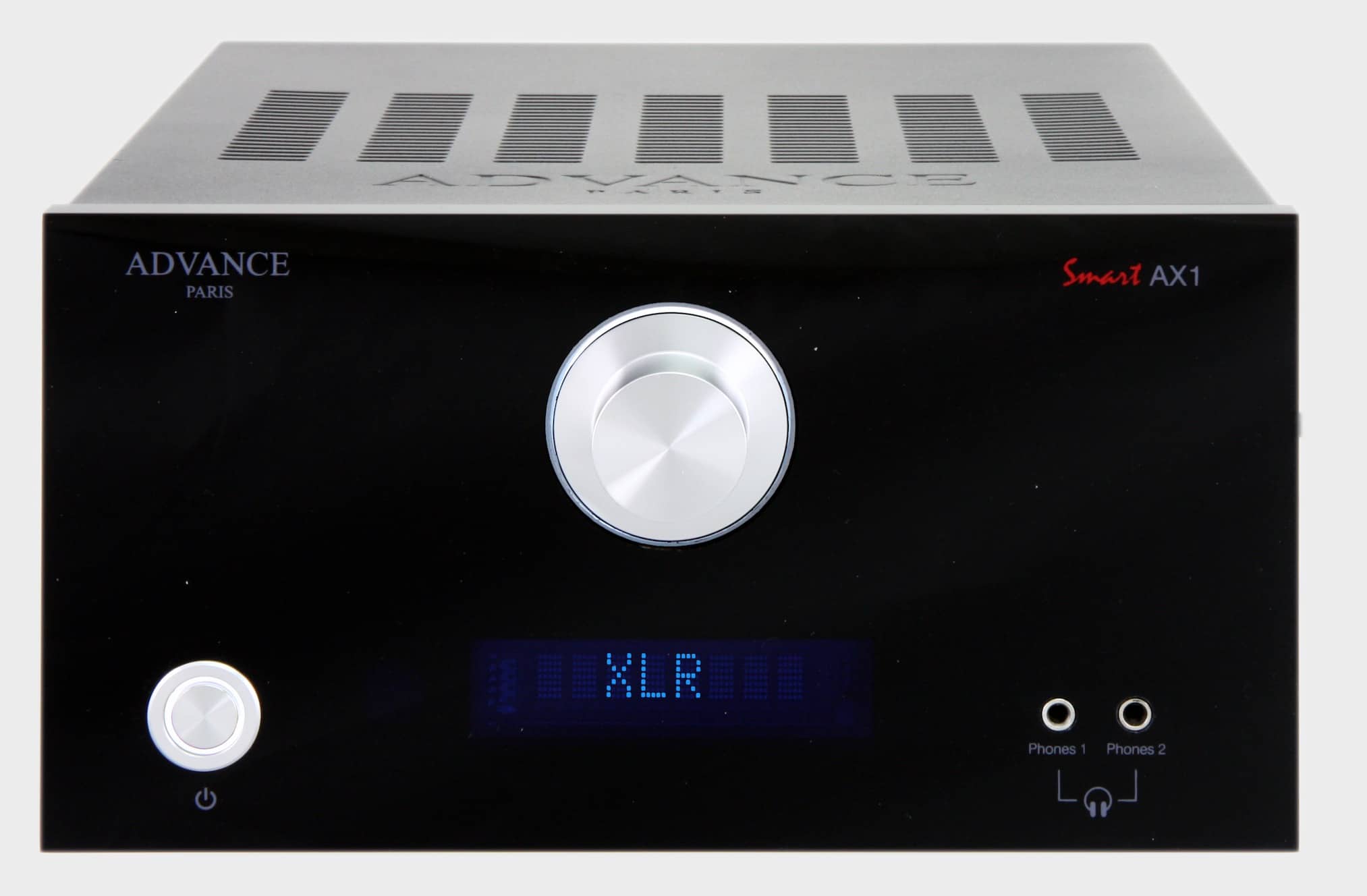
Looking for a feature-packed integrated amplifier with digital extras? Paul Rigby looks at the small footprint AX1 all the way from France
Goodness gracious, this is a busy amplifier…if you look at it from the rear. On the front, all is calm. All is style. Suave is dominant. But the rear? Phew!
Some hi-fi components do a lot of work. Others have time and space to concentrate upon one task – a DAC, for example. It sits there and, well, DACs. That’s all it does. Integrated amplifiers are rated as busy. They feed speakers while receiving signals from CD players and DACs and more. This example can connect to a range of other digital kit like digital audio players, and then you can also use this box as a pre-amp. All of this activity from a single box is a recipe to generate lots of detail-veiling noise.
Isolating that noise, protecting one part of the amplifier from another internally, is a big job. One that demands care, attention and, let’s face it, space. The more space you have inside a chassis, on a busy product like this, the more chance you have of being able to position the internal components tactically: a bit like a table at a wedding reception where half of the table guests hate the other half, “I’m NOT sitting next to her! Oh no!” That kind of thing? Same with an integrated amplifier. You need to spread things around, build walls in between, utilise low noise components. That one job alone, organisation and isolation, can make or break an amplifier. Looking at the rear of this model? Advance has a job on. Especially as the French-made AX1 is packed into a relatively small, cube-ish shaped chassis that spans a mere 133 x 230 x 325mm.
Speaking of inside, the power stages are fed by a toroidal transformer, producing 45W over 8 Ohms. The voltage is rectified and filtered and a second power supply feeds the lower-power components. A good sign.
Arriving with a remote, the DAC section of the AX1 can run up to 24bit/192kHz. The featured chip used to be a Wolfson WM8740 but has now changed to a Asahi Kasei AK4111.
Around the back, you’ll find the usual amplifier-type connection points such as a set of speaker terminals, five sets of inputs, an extra set of phono inputs, a Sub out, Rec out, Pre out, rocker-type power switch, IEC power socket plus a pair of XLR ins and balanced Pre outs. You get a pair of trigger outs too. Digitally, there are three optical sockets plus a coax. Above this digital section, there is a rectangular, computer-type 10-pin HE10 interface. This is where you can plug in the supplied Bluetooth dongle. Why a dongle? I asked the company which said, “The Bluetooth dongle can be used on any Advance Paris/Acoustic product so you can buy a Bluetooth dongle separately and use it with any product from the range, as they all have the adaptor installed on the back. There is also a WiFi version of this, so essentially anyone can turn any amplifier from the range into a streamer if they want too. From a sonic point of view, it also means it connects digitally to the DAC, rather than having a smaller DAC built into the module.” I like this solution because I think it will help in terms of sonics. It keeps the Bluetooth circuitry away from the inside of the chassis, for one thing.
It’s when you get to the Bluetooth section in the manual that you realise that the translation has probably been done via a piece of software or someone not particularly used to the English language because the concept of Bluetooth as a hi-fi feature is introduced with the following philosophical text, “We evolve in an environment where dematerialised music is taking more and more place.” Poignant and a mantra to live by, I’m sure you’ll agree. Although the later, “…it only asks to express itself on hifi systems more or less elaborate…” did have me reaching for my bound volumes of Foucault, Derrida and Satre.
The front, available in black or white incidentally, provides a power/standby button. The centre-top control is a volume knob but it also doubles as a multi-function control. Push it in to enter input mode. Rotating the knob will cycle through the functions. You can access the tone controls from here too. The display window offers various types of information depending on the chosen menu. They include volume, source type and tone control information (i.e. bass, treble and loudness). You can bypass the tone controls using the Bypass function on the remote but I don’t recommend using it – once engaged via my remote, the sound quality suffered becoming lifeless and dull. Also on the front, you’ll find a pair of 3.5mm headphone sockets.
SOUND QUALITY
I began the test with vinyl and Ian Dury & the Blockheads’s Inbetweenies from the classic 1979 LP, Do It Yourself. A song that combined the urban poetry of Dury with the jazz funk of the band with a very English quality about – it was even recorded on the Old Kent Road, in London.
In action, the AX1 has a modern sound. I hear this aural presentation a lot in newly designed kit like this, especially in hardware bundling several featured options. The AX1 does a good job of presenting it too. What it does is to produce a cool suite of midrange frequencies that are not bright or offensive in any way but the sound does spotlight a host of detail in every part of the track. This means that every part of the track is spotted and served on a silver platter to the ear. The AX1 implements the style well, producing a lively and perky sound with a transparent aspect. Fragility, finesse and subtlety are not really part of this form of sound presentation but what you do get is an action-packed soundstage. Hence, the piano is informative and responsive, the vocal is sculptured and honed, secondary percussion is full of energy and brass instruments are full of vitality. Bass is also raring to go, full of impact and punch. In short then, the amplifier is eager to please and works hard to produce an admirable sound.
Incidentally, the unit also includes its own phono amplifier which is fine to a point but will not replace a preferred external model. That said you can get by with this if analogue play is occasional or if your budget is squeezed.
I moved to CD and played Bing Crosby’s Bing With a Beat, featuring Bob Scobey’s Frisco Jazz Band and the track Let A Smile be Your Umbrella. That sparky, lively, slightly in-your-face presentation remained but I have to say how pleased I was with CD play on the AX1. The amplifier organised the soundstage wonderfully here with the Crosby vocal proving to be both expressive but also nuanced. Crosby’s voice can be a playful thing, varying in power and diction. His approach can be conversational and even impish in tone so I was happy to note these facets during the span of this track. There was even a 3D aspect to the soundstage depth and a layering of instruments. All in all, listening to this CD could easily be filed under ‘Fun’.
I then plugged in my Astell&Kern AK120 via the optical port and played Bob Marley’s Jamming via a 24bit/96kHz file. The relatively high noise meant that I had to knock down the gain by several notches and there was a slight clinical edge to the upper mids during the track but what the sound did provide was a honed suite of detail. Some of it subtle indeed, dug from the very depths of the mix. Bass guitar was isolated in the mix, providing a signature delivery while percussion and secondary variants of the same were both crisp and focused in their demeanour, rhythm guitar was prim and bouncy and the Marley vocal was jaunty, spirited and even cheery in tone. This was Marley with a smile. Marley with bouncy dreads. Marley with a twinkle.
At this point, I inserted the included Bluetooth dongle which, when activated, spurted enough flashing blue light to contact any surfaced Nazi submarines that may have been lurking off the coast. Such was the illuminated strength of the thing. I was glad it was plugged in behind the chassis and not in front because I was planning to use my eyes for the rest of the day.
Pairing with my iPhone 8 was simple and straightforward. The AAC file of Kylie Minogue’s All The Lovers was an enjoyable experience. For a Bluetooth stream, the soundstage was comparatively expansive, the strummed acoustic guitar was light and responsive, Kylie’s vocal expression was clear and open while the percussive effects were not boomy or too dominant. Of course, Bluetooth wasn’t perfect and I could snipe but I won’t. Bluetooth was nicely implemented on the AX1.
CONCLUSION
Performance from this amplifier is very good indeed. It’s a trier. The AX1 places you up front to give you a sense of being right up close to the action. Doing so, you receive a heap of information and detail.
Essentially, the AX1 is an amplifier with benefits. It does what an amp should do and it does it well but it also packs in value with a host of digital connections and Bluetooth an all in a relatively diminutive package.
ADVANCE PARIS INTEGRATED AMPIFIER
Price: £690
Tel: 0843 289 8723
Email: [email protected]
Website: advance-acoustic.com/en
GOOD: feature laden, value for money, easy to use, digital play, detail extraction
BAD: bypass function
RATING: 8
Don’t forget to check out my Facebook Group, The Audiophile Man: Hi-Fi & Music here: www.facebook.com/groups/theaudiophileman for exclusive postings, exclusive editorial and more!]
REFERENCE
Pro-Ject RPM 3 turntable
Black Rhodium cables
Blue Horizon Professional Rack System
Harmonic Resolution Systems Noise Reduction Components
All vinyl was cleaned using an Audio Desk’s Ultrasonic Pro Vinyl Cleaner

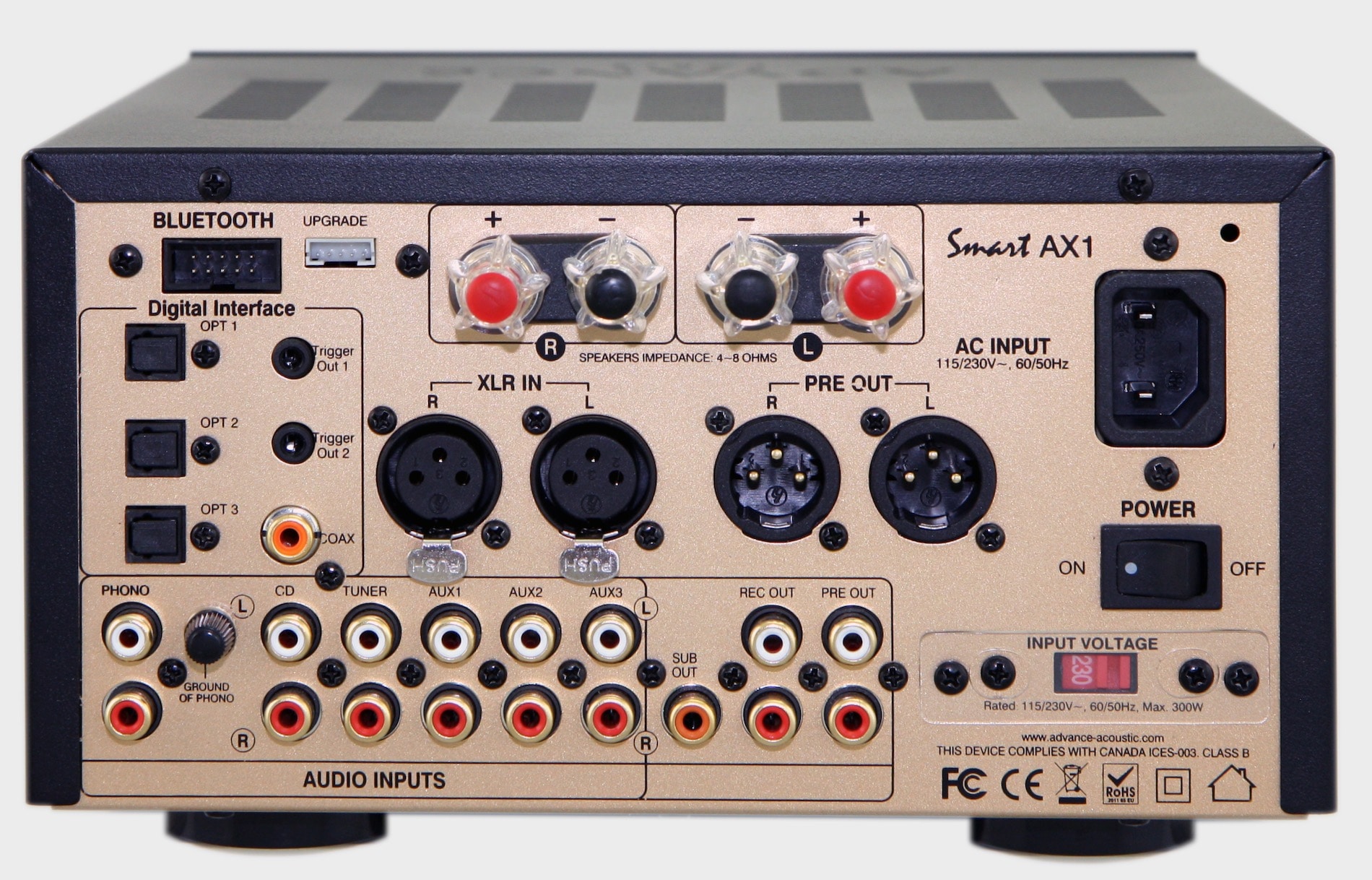
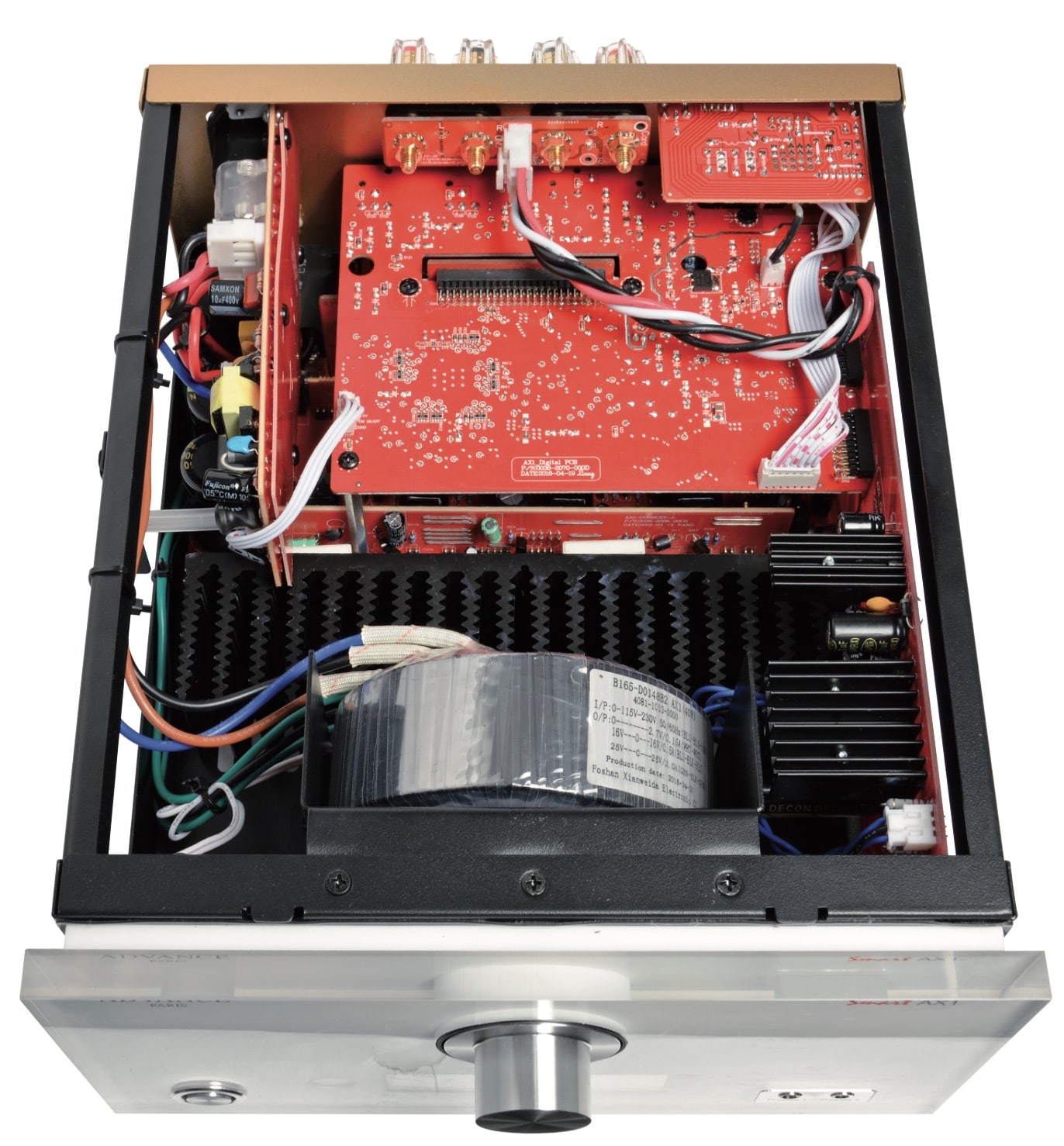
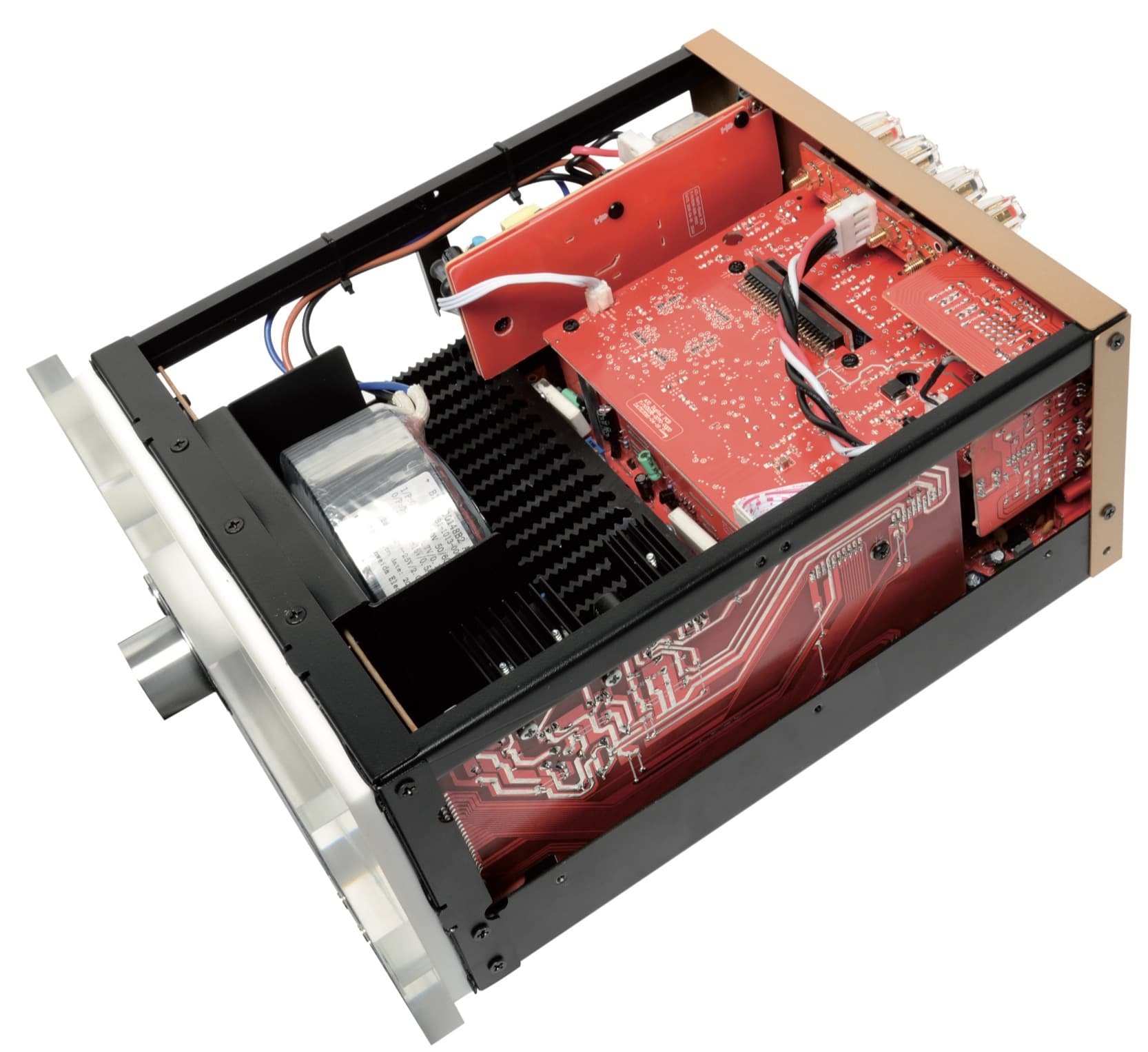
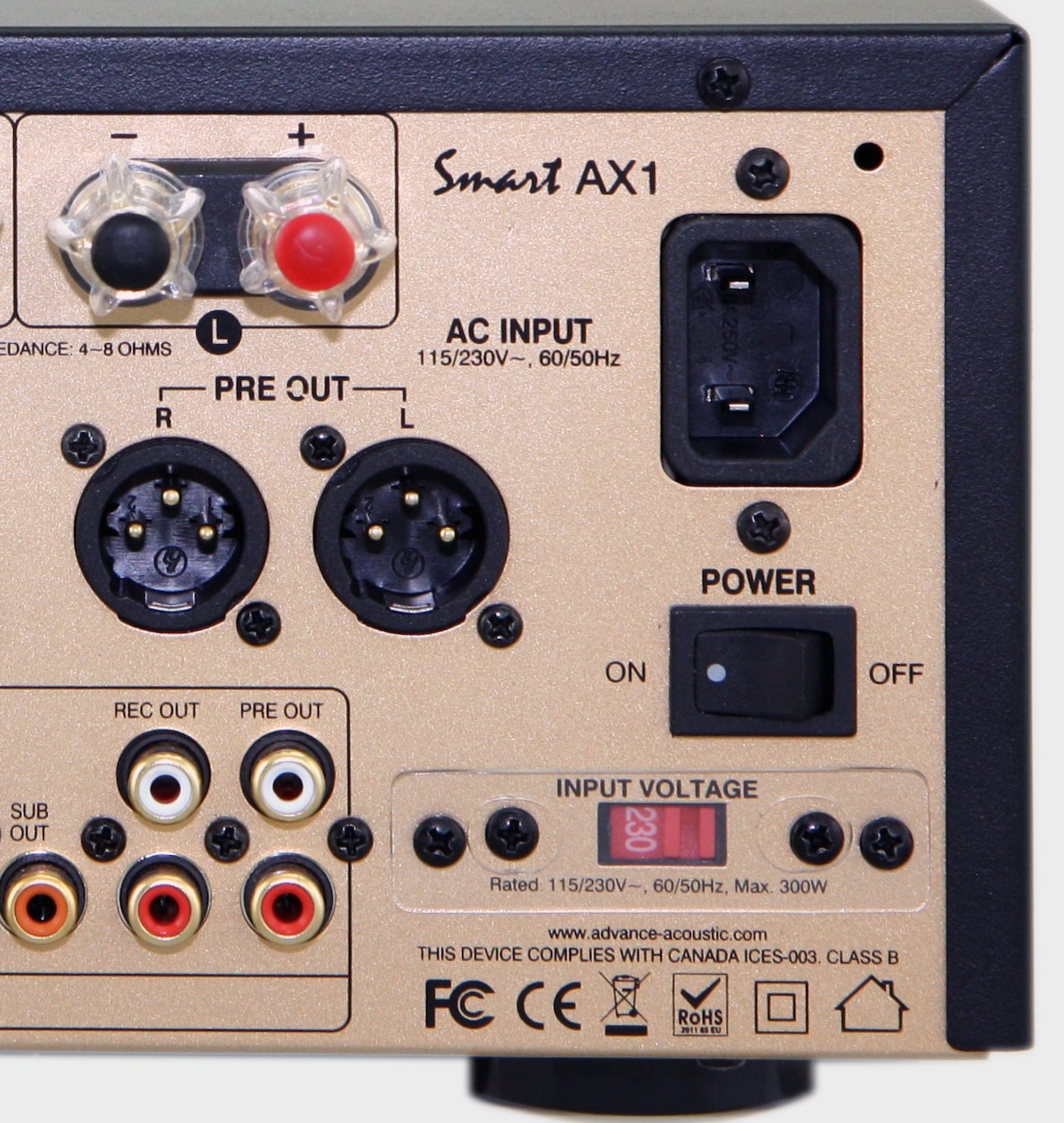
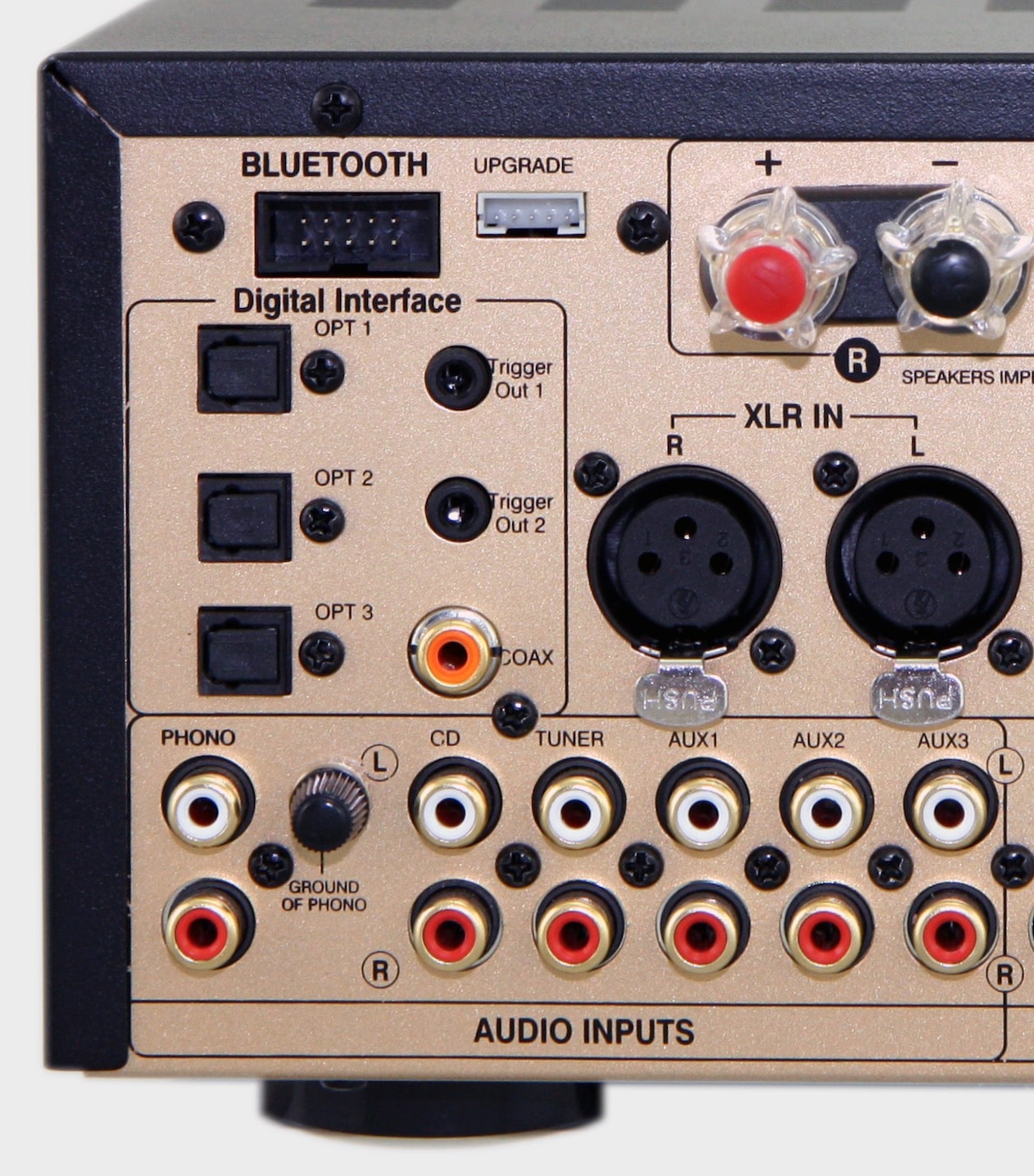
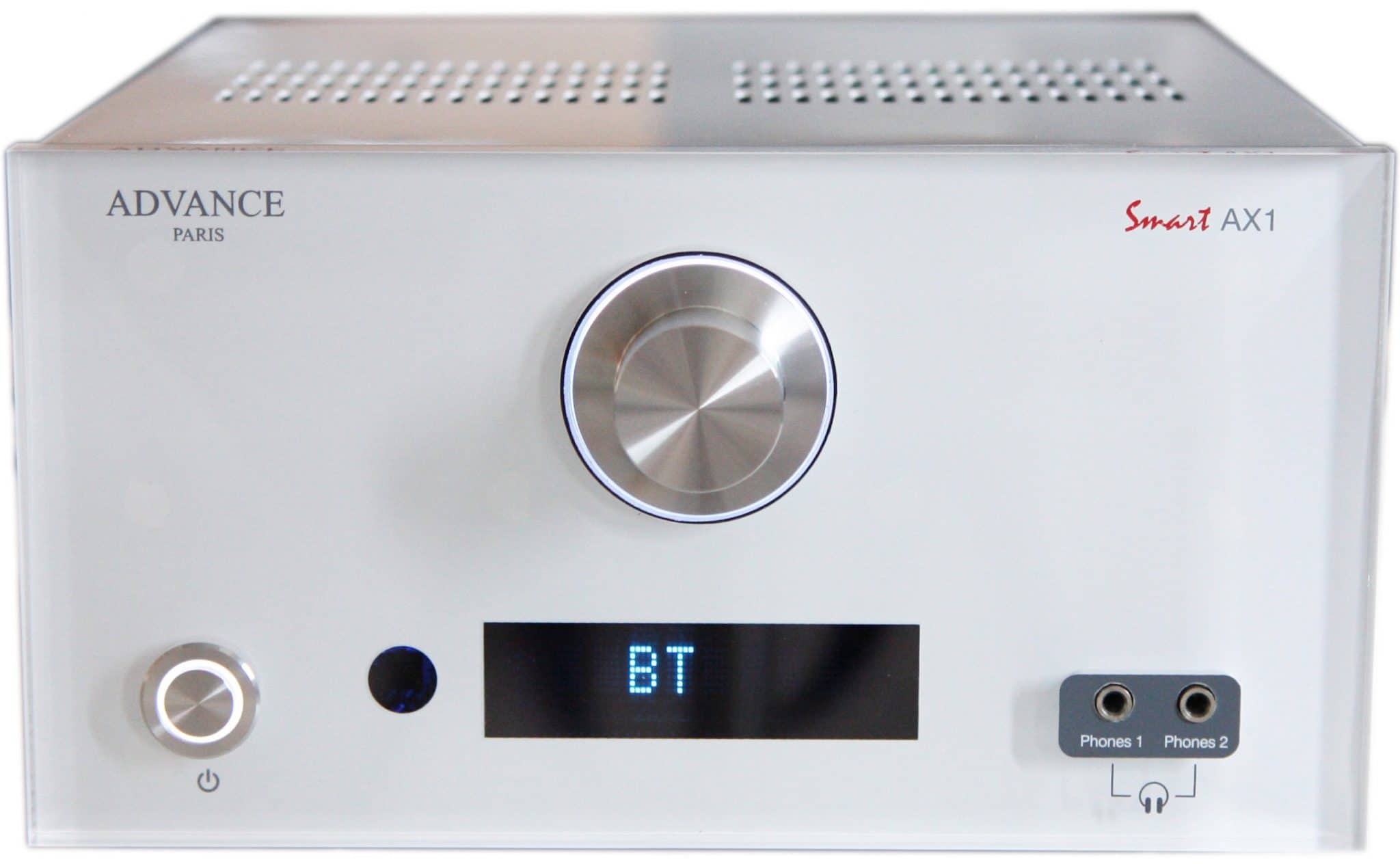



Thanks Paul
I have just purchased a Pro-Ject Audio CD Box DS2T What Project amp should I go for to compliment / suit the CD Box DS2T?
I want the size to be tiny just like the Project CD Player
I’m planning to fly both amp & CD out to my summer gaff in Spain
My CD player is in silver livery with tasty walnut side panels
Please advise & guide
Cheers John
PS Haven’t had one of your Newsletters for a while
Sorry John – I have a gadget that scans newsletter use. If anyone is not using it for some time and shows no interest then they are eased off the list. Just so I don’t inadvertently hassle and annoy anyone. You somehow got dragged into that bunch, it seems. Apologies. Can you re-sign please and I’ll make sure you get one next time.
The obvious answer is the company’s own Amp Box DS2 with the same panels. Here’s a link: https://www.project-audio.com/en/product/amp-box-ds2/